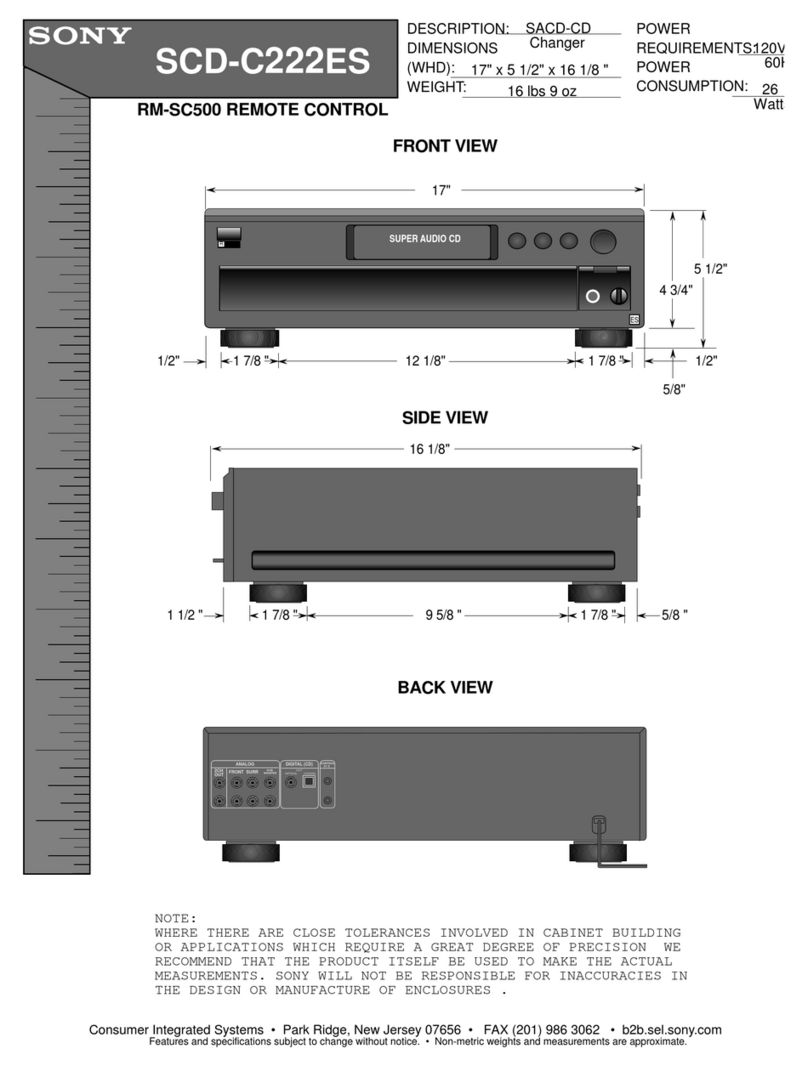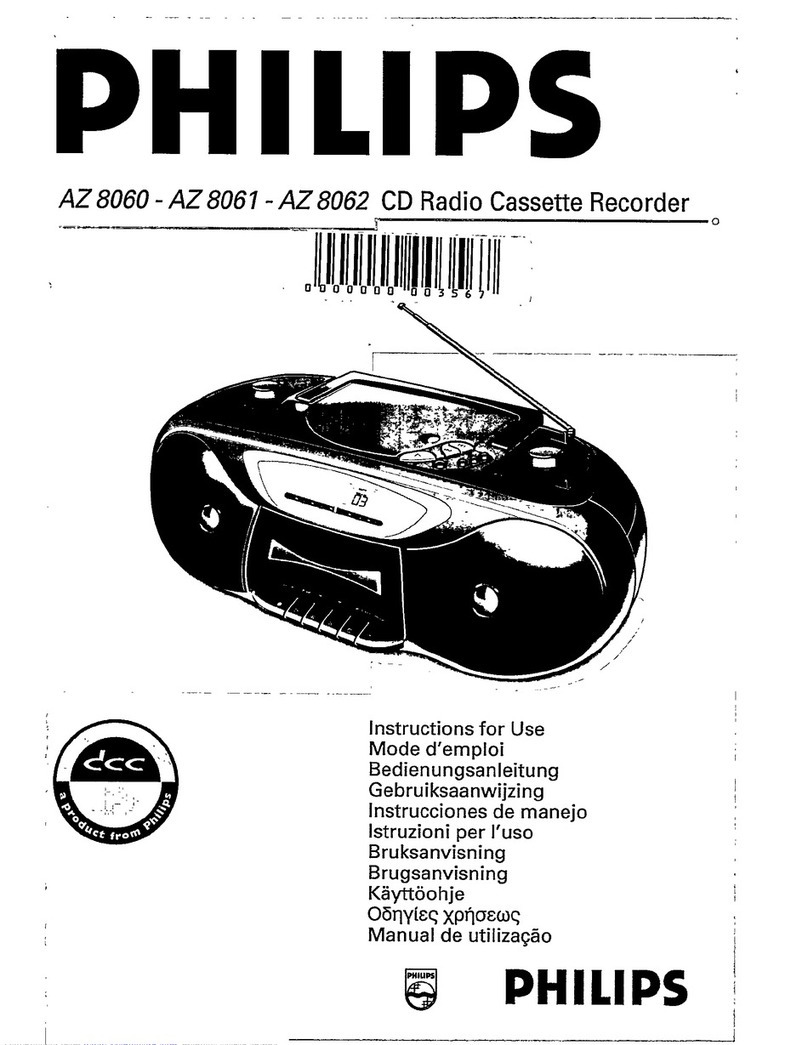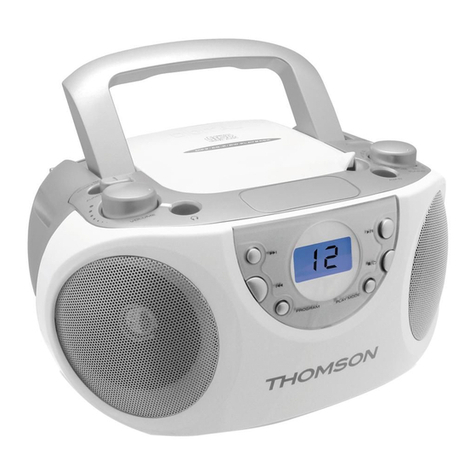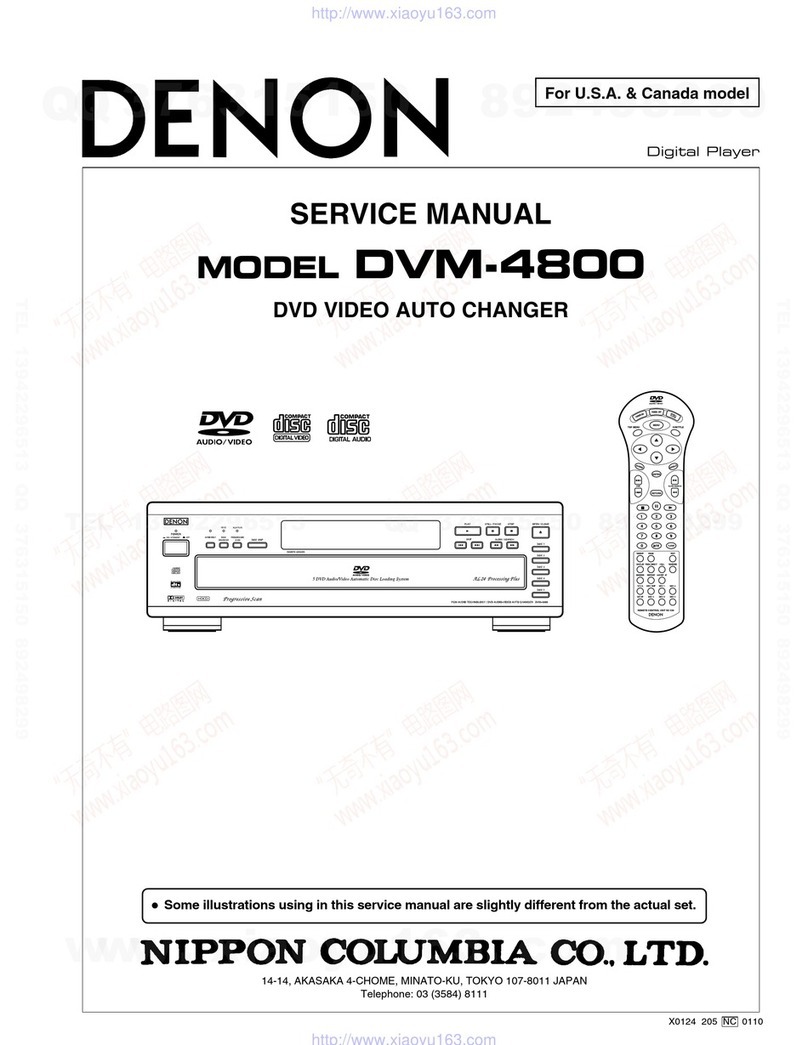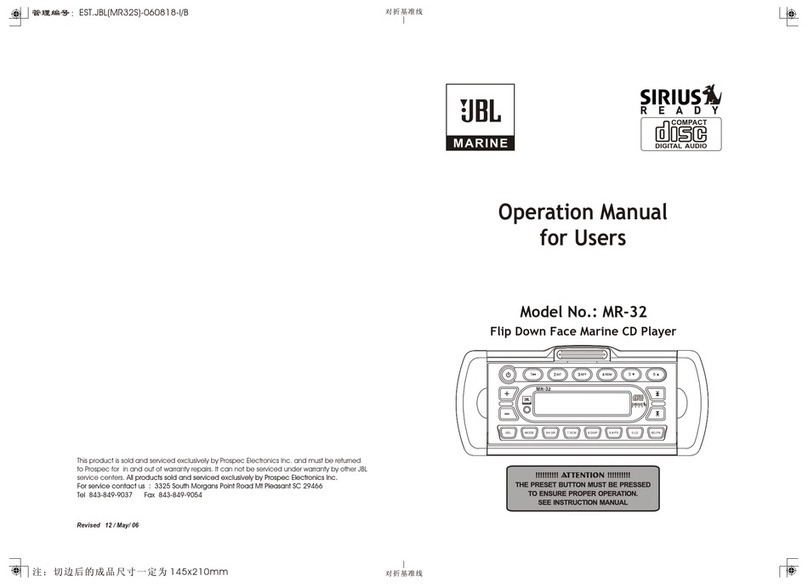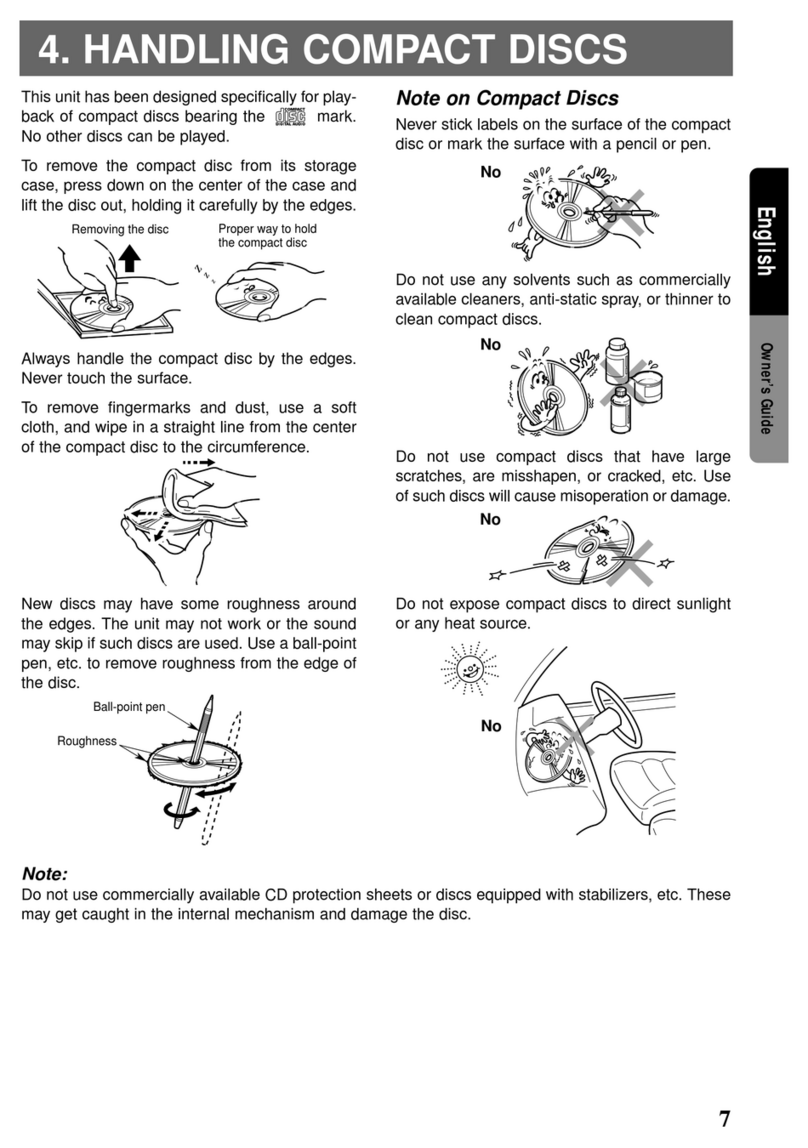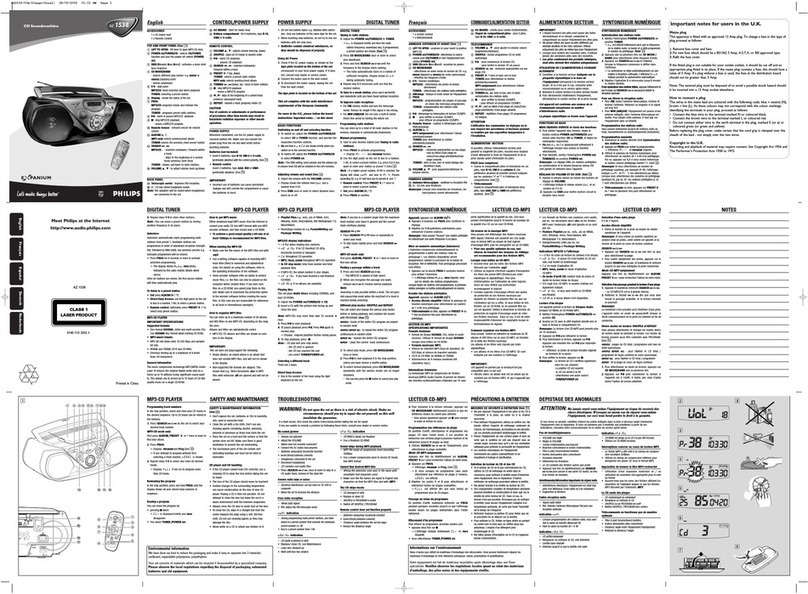Sony CDX-R88 User manual
Other Sony CD Player manuals
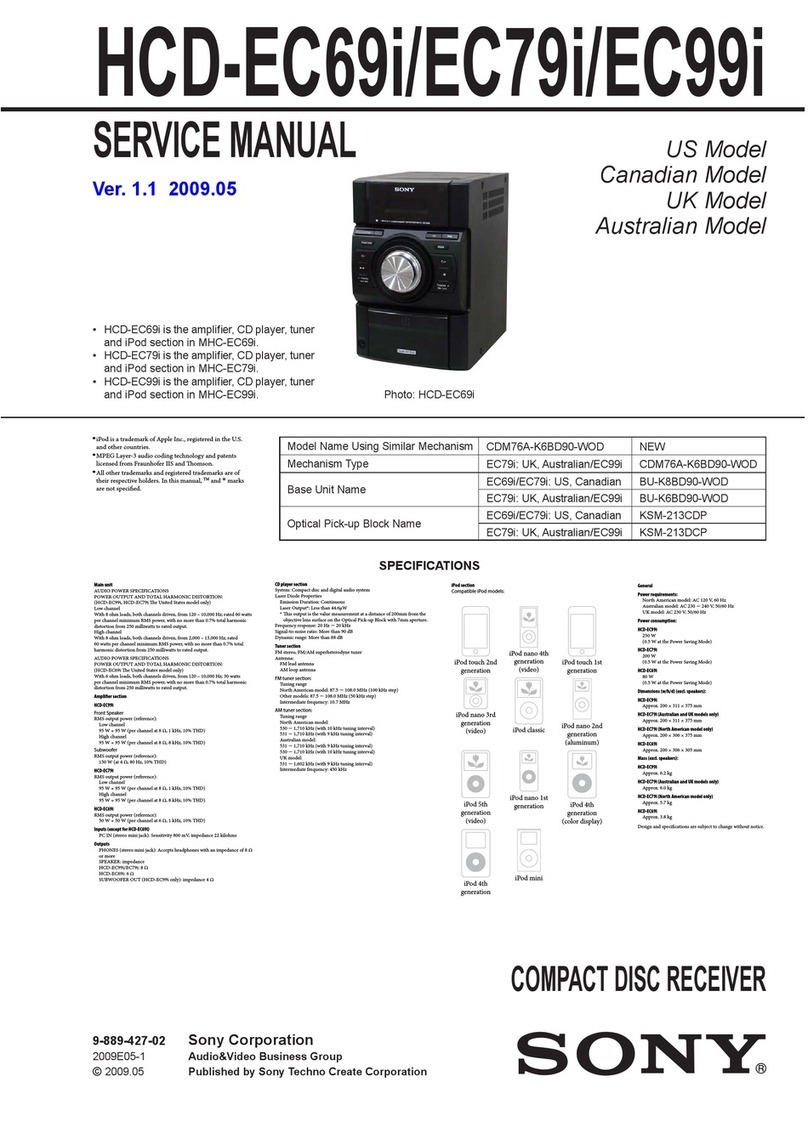
Sony
Sony HCD-EC69i - Compact Disc Receiver Component User manual

Sony
Sony CDP-XE210 User manual

Sony
Sony CD Walkman D-NE500 User manual
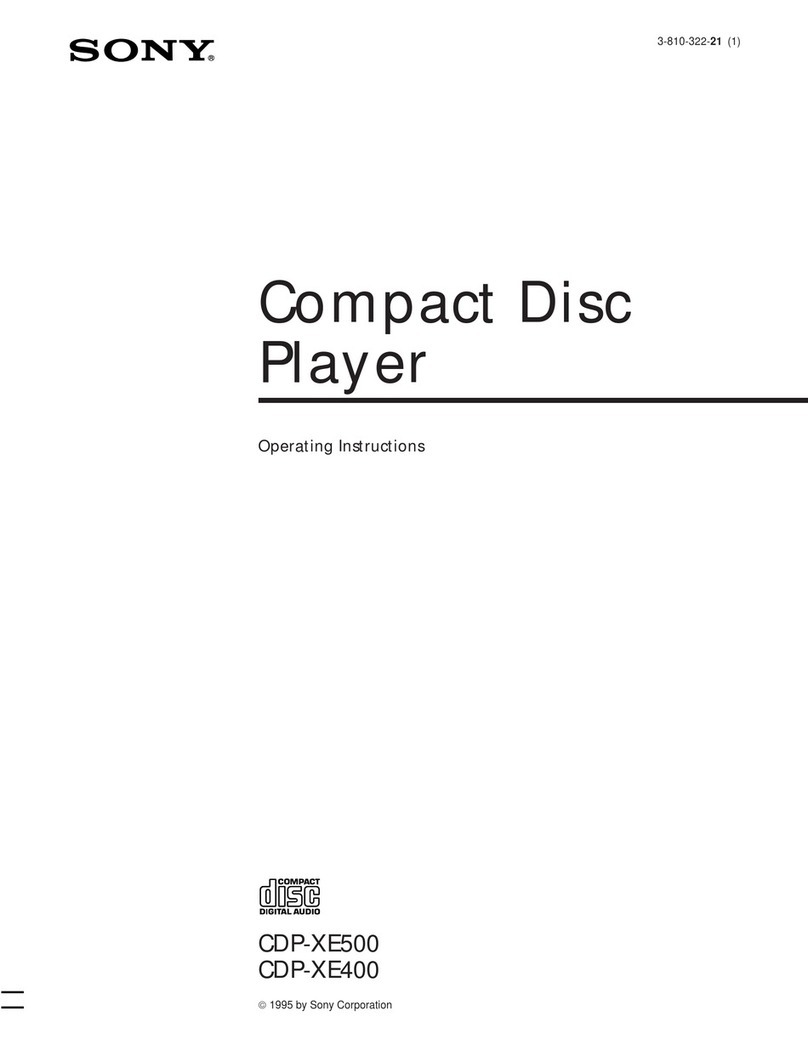
Sony
Sony CDP-XE400 - Compact Disc Player User manual
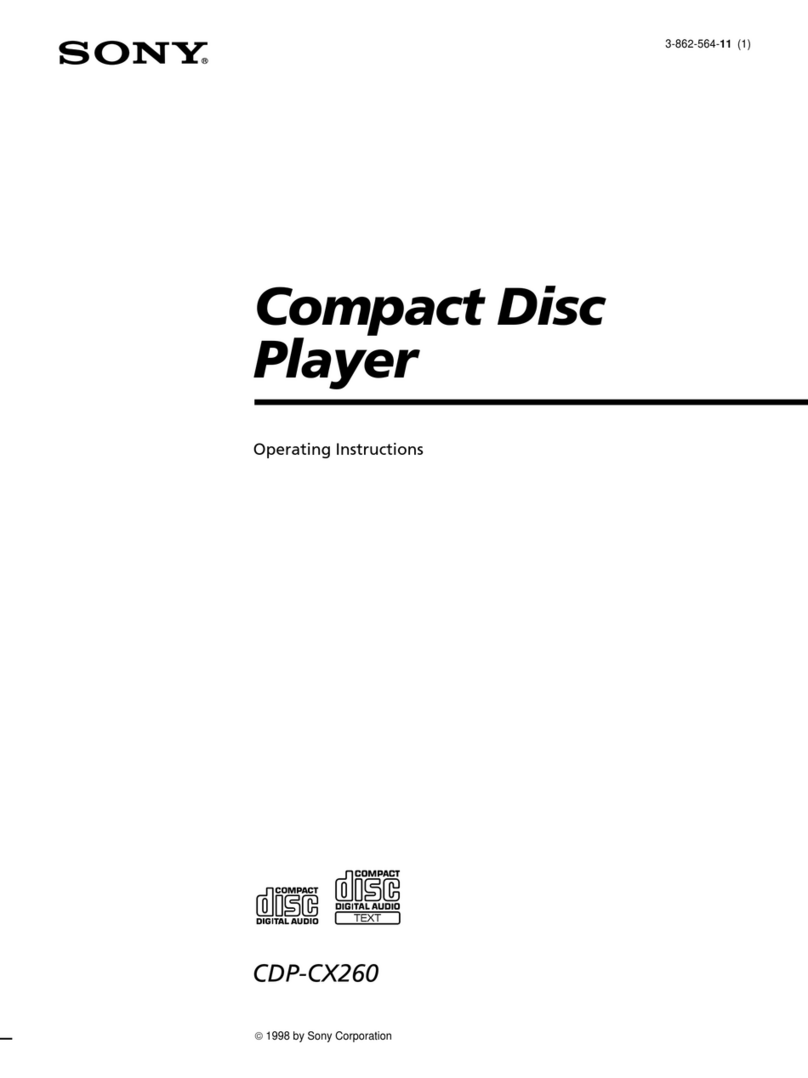
Sony
Sony CDP-CX260 - 200 Disc Cd Changer User manual
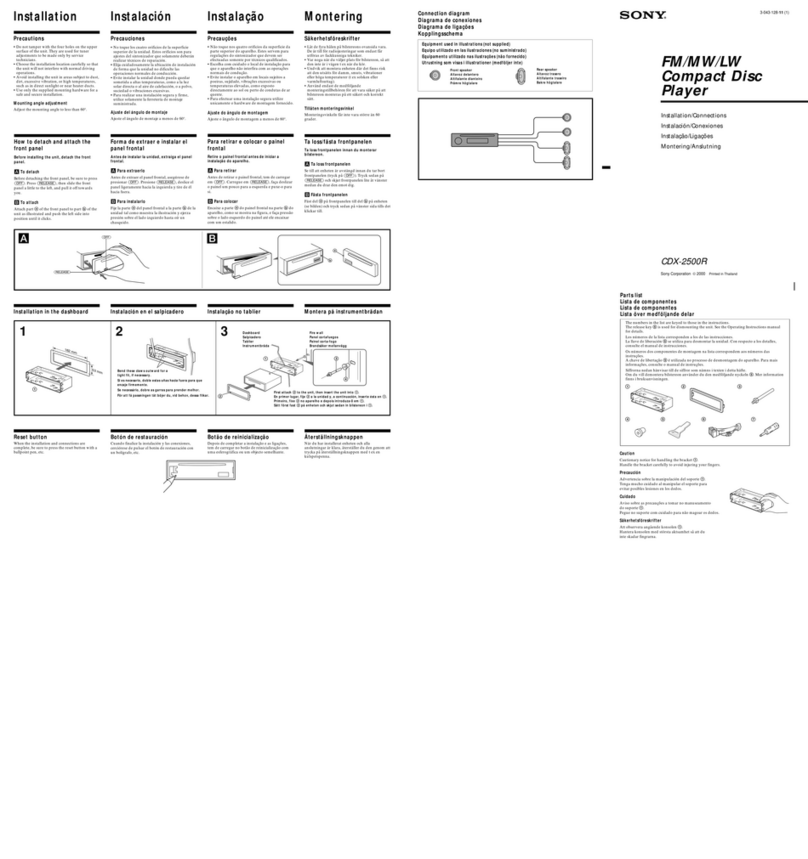
Sony
Sony CDX-2500R Instruction Manual
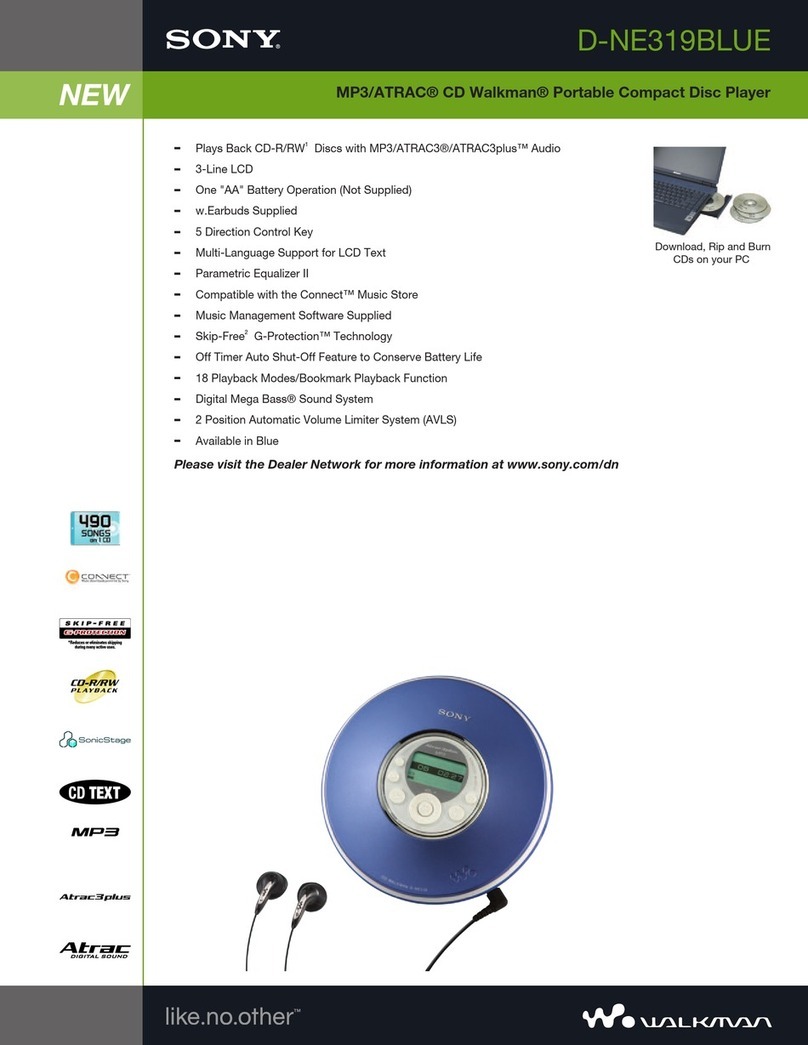
Sony
Sony Walkman D-NE319 User manual

Sony
Sony D-E200 Primary User manual
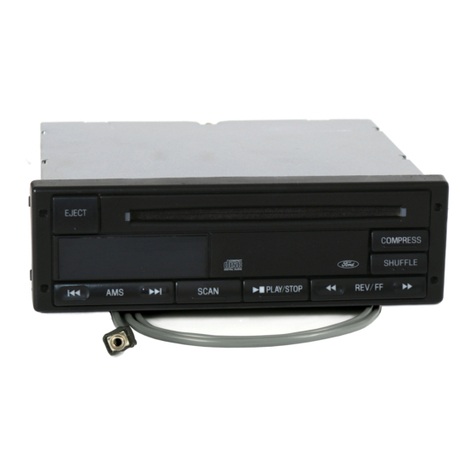
Sony
Sony XR3F-19B160 User manual
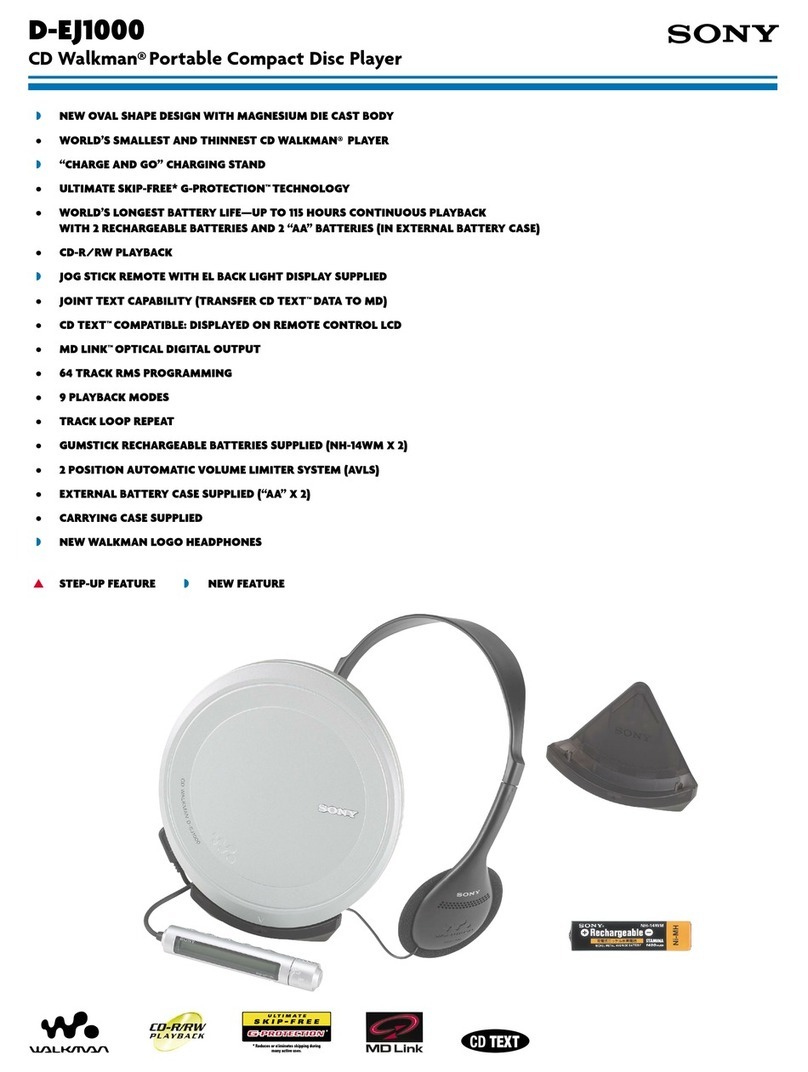
Sony
Sony D-EJ1000 - Portable Cd Player User manual

Sony
Sony CDX-CA900 User manual
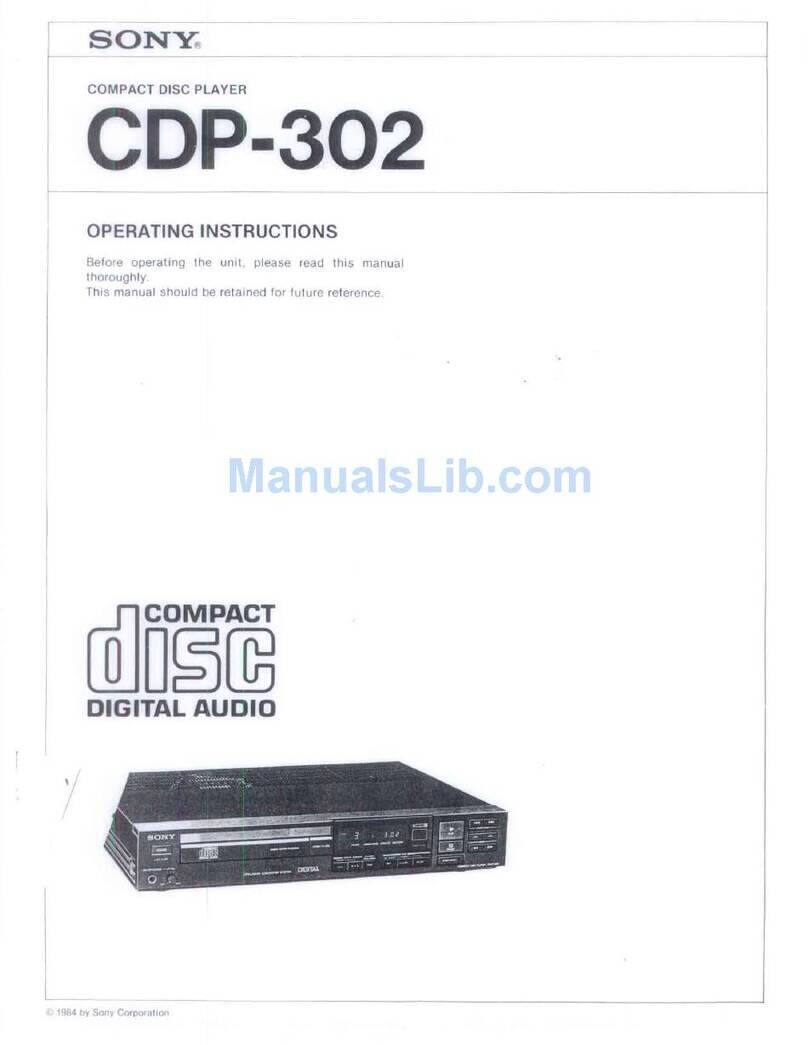
Sony
Sony CDP-302 User manual

Sony
Sony XP-EV500 User manual

Sony
Sony CDX-F7705X Operating Instructions (English Product guide

Sony
Sony Walkman D-FS601 User manual

Sony
Sony Walkman D-NE301 User manual
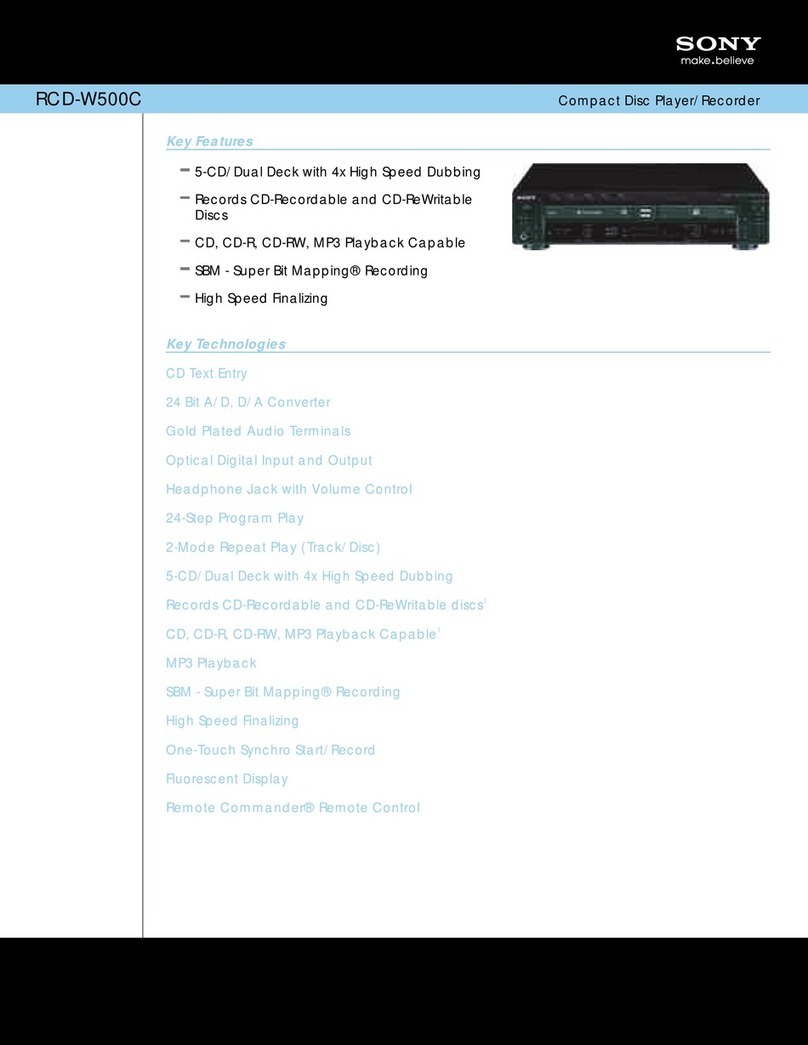
Sony
Sony RCDW500C - Compact Disc Player User manual
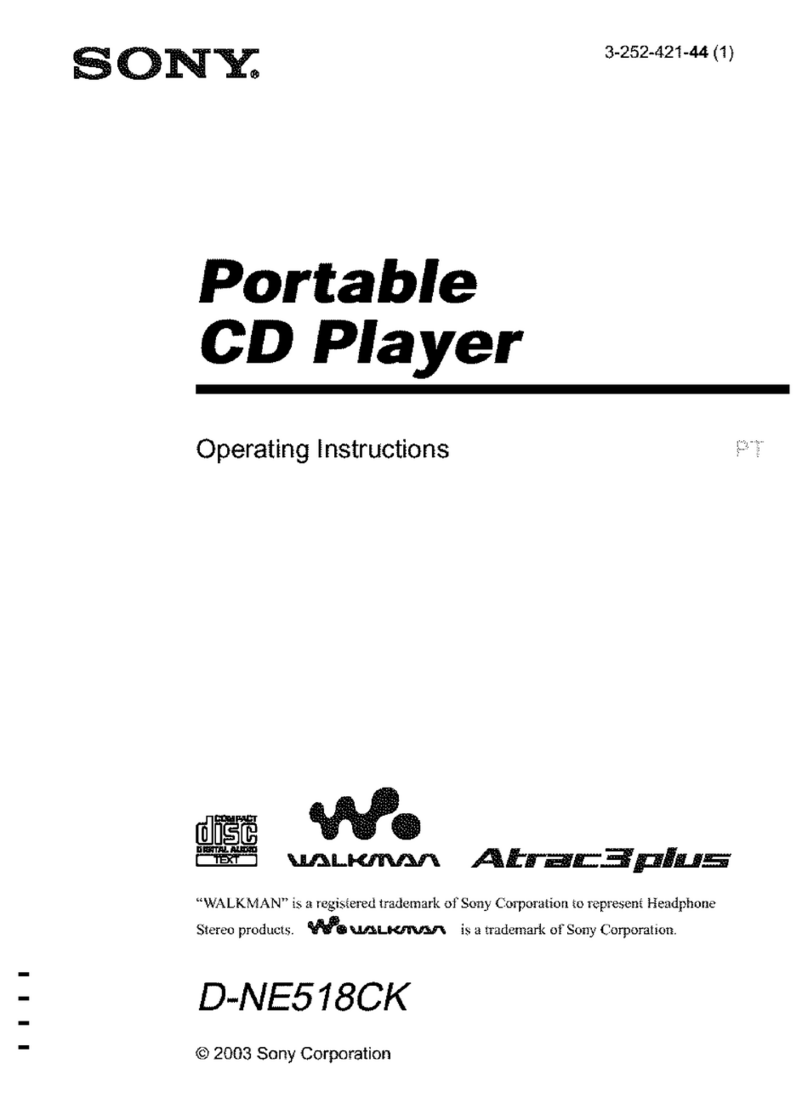
Sony
Sony D-NE518CK - Portable Cd Player User manual
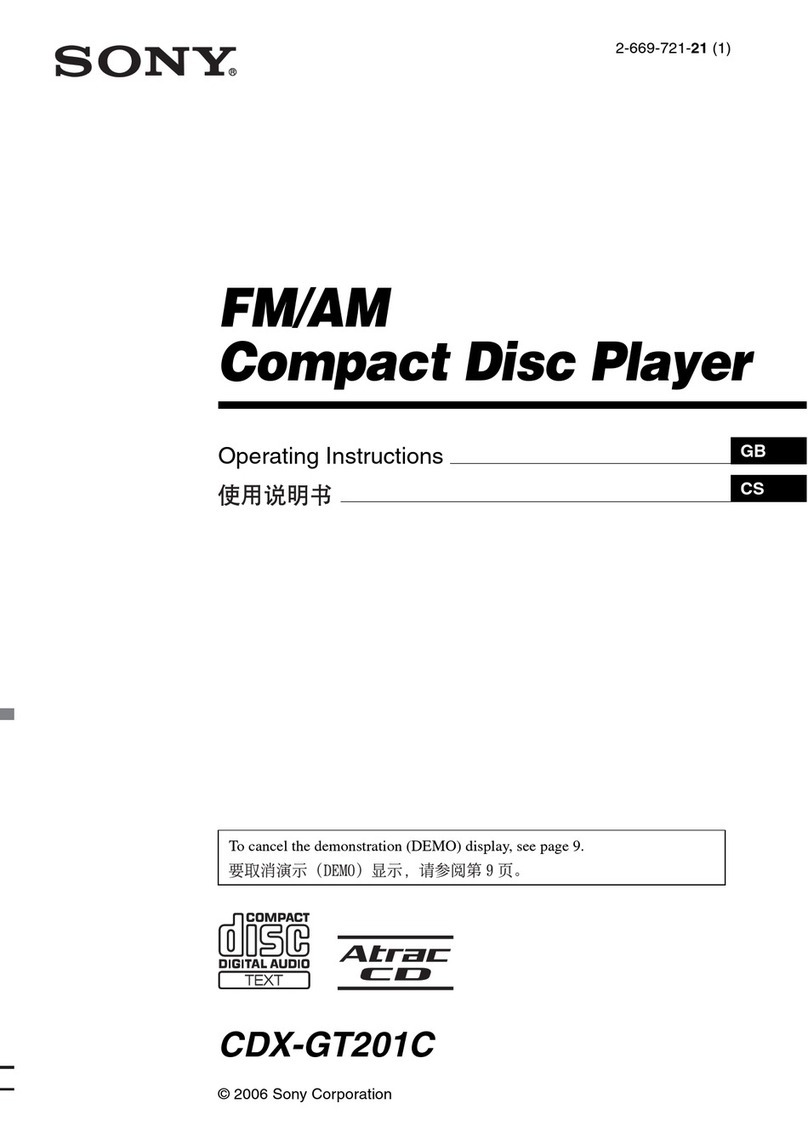
Sony
Sony CDX-GT201C User manual

Sony
Sony Walkman D-NF600 User manual



